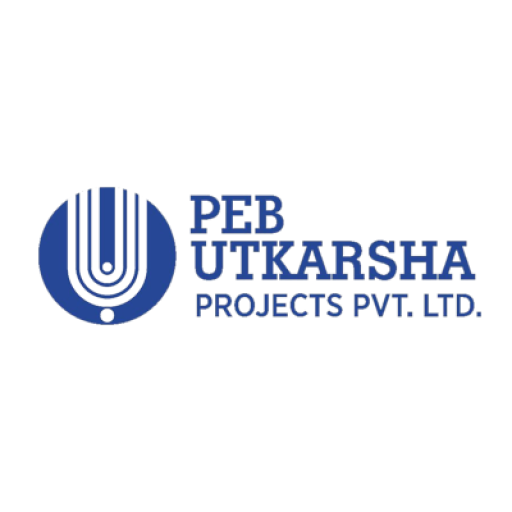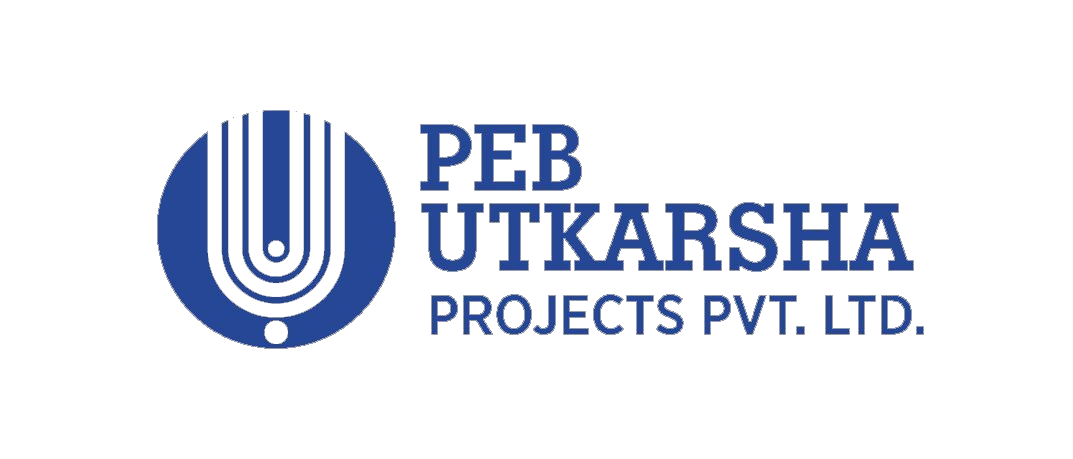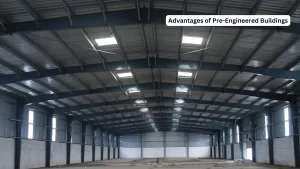In today’s rapidly evolving construction landscape, the demand for efficient, cost-effective, and sustainable building solutions has never been higher. Enter pre-engineered buildings (PEBs), a revolutionary approach that has redefined the way structures are designed and constructed. At the heart of this innovation are pre-engineered building manufacturers, the unsung heroes who are shaping the future of construction.
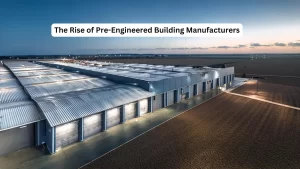
What Are Pre-Engineered Buildings?
Pre-engineered buildings are structures designed and fabricated in a factory setting using a predetermined inventory of raw materials and manufacturing methods. These buildings are then transported to the construction site for assembly. This process ensures a high degree of precision, consistency, and speed, making PEBs an attractive option for a wide range of applications, from industrial warehouses and commercial complexes to schools and sports facilities.
The Role of Pre-Engineered Building Manufacturers
Pre-engineered building manufacturers play a crucial role in the PEB ecosystem. They are responsible for the entire lifecycle of the building, from initial design and engineering to fabrication and installation. Here’s a closer look at the key functions they perform:
1. Design and Engineering
One of the primary tasks of PEB manufacturers is to design buildings that meet the specific needs of their clients. This involves creating detailed blueprints and 3D models using advanced software tools. Engineers analyze factors such as load-bearing capacity, seismic resistance, and energy efficiency to ensure that the building will be safe, durable, and sustainable.
2. Fabrication
Once the design is finalized, the next step is fabrication. This is where the pre-engineered components, such as beams, columns, and panels, are manufactured in a controlled factory environment. This process leverages automated machinery and quality control measures to produce high-quality components with minimal waste.
3. Transportation and Assembly
After fabrication, the components are carefully packaged and transported to the construction site. PEB manufacturers coordinate logistics to ensure timely delivery. Upon arrival, the components are assembled using bolted connections, which significantly reduces construction time compared to traditional methods.
4. Quality Control and Assurance
PEB manufacturers adhere to stringent quality control standards throughout the entire process. From material selection to final assembly, each step is meticulously inspected to ensure compliance with industry regulations and client specifications. This commitment to quality ensures that the final product is robust and reliable.
Advantages of Pre-Engineered Building Manufacturers
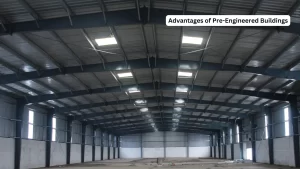
The rise of pre-engineered buildings can be attributed to several compelling advantages they offer over conventional construction methods:
1. Speed
One of the most significant benefits of PEBs is the speed of construction. Since components are fabricated off-site, on-site assembly is quick and straightforward. This can reduce construction time by up to 50%, allowing businesses to start operations sooner and realize a faster return on investment.
2. Cost-Effectiveness
PEBs are cost-effective due to the efficient use of materials and labor. The factory-controlled environment minimizes waste and reduces the likelihood of errors, resulting in lower overall costs. Additionally, the streamlined construction process reduces labor expenses and site overheads.
3. Flexibility and Customization
Pre-engineered buildings offer a high degree of flexibility and customization. Manufacturers can tailor designs to meet specific requirements, whether it’s the size, shape, or aesthetic of the building. This adaptability makes PEBs suitable for a wide range of applications.
4. Sustainability
Sustainability is a growing concern in the construction industry, and PEBs are well-positioned to address this challenge. The efficient use of materials, reduced waste, and energy-efficient designs contribute to a lower environmental footprint. Many PEB manufacturers also incorporate green building practices, such as the use of recycled materials and renewable energy sources.
Innovations and Trends in Pre-Engineered Buildings
As the demand for pre-engineered buildings continues to grow, manufacturers are constantly innovating to stay ahead of the curve. Here are some emerging trends and innovations in the PEB industry:
1. Smart Building Technologies
The integration of smart technologies is revolutionizing the way PEBs are designed and operated. From IoT sensors and automation systems to energy management solutions, smart buildings offer enhanced functionality, efficiency, and user comfort.
2. Modular Construction
Modular construction is gaining traction as a complementary approach to PEBs. By prefabricating modules that can be assembled on-site, manufacturers can create complex structures with greater speed and precision. This method is particularly useful for projects with tight deadlines or challenging site conditions.
3. Sustainable Materials
Sustainability is at the forefront of innovation in the PEB industry. Manufacturers are increasingly adopting sustainable materials, such as high-strength steel and eco-friendly insulation, to reduce the environmental impact of their buildings. These materials not only contribute to a greener planet but also enhance the durability and performance of the structures.
4. Advanced Design Software
Advancements in design software are enabling PEB manufacturers to create more intricate and efficient designs. These tools allow for precise simulations and modeling, which improves accuracy and reduces the risk of errors during construction. The use of Building Information Modeling (BIM) is also becoming more prevalent, streamlining collaboration and project management.
Conclusion
Pre-engineered building manufacturers are at the forefront of a construction revolution. Their ability to deliver efficient, cost-effective, and sustainable building solutions is transforming the industry and meeting the demands of modern society. As technology continues to evolve, the future of pre-engineered buildings looks brighter than ever, promising even greater innovation and impact in the years to come.
